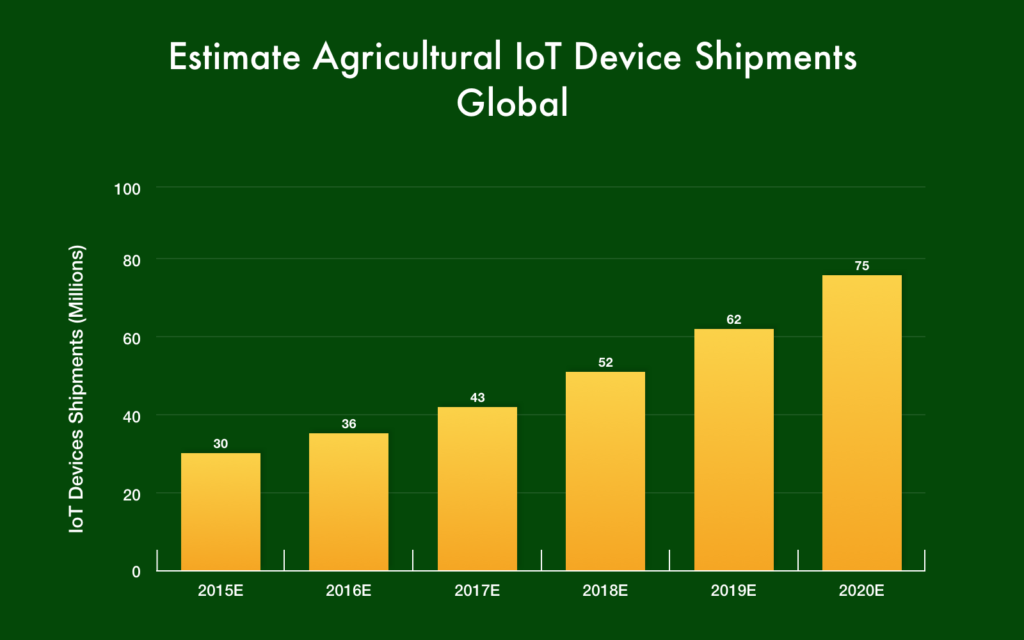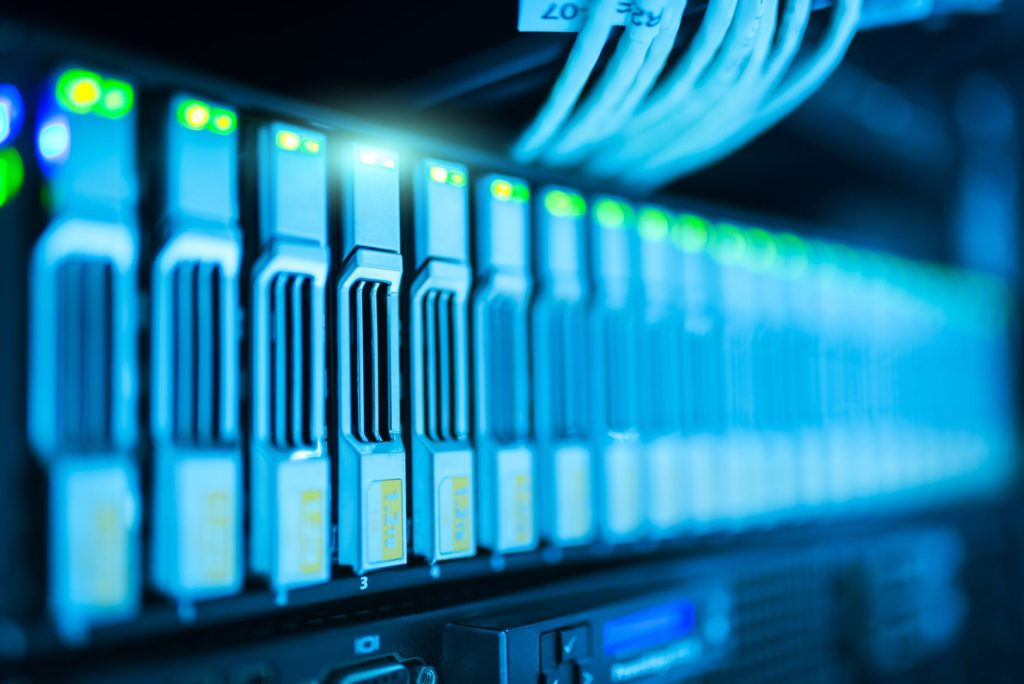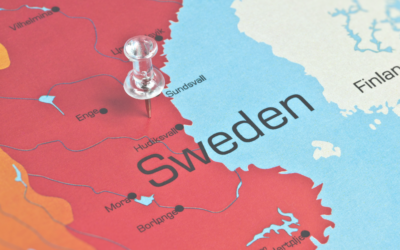Internet of Things and the agriculture – the revolution that is easy to miss
Contrary to the universal belief, that we live in a global village, a moment of thought is enough to realize that development, including the development of technology, is not equally paced in the entire world. It is not just a matter of digitally excluded regions, but of the varied dynamics of regulations in the well-developed countries of America, Asia and Europe. It is particularly visible within the aspect of the popularisation of the elements or the entire infrastructure of the Internet of things. One may have an impression, that we have occasion to read about it more often than experience its advantages.
The Internet of Things – great changes from small devices
However, one may risk a hypothesis, that this impression is incorrect. The IoT is usually associated with two primary applications. First, is the broadly understood household automation. Here regionalization is particularly visible, as it is associated with the interactions with voice assistants, and those use only the most popular languages. Privacy issues are not without meaning as well, and it is indicated by the increasing number of users, even the technologically non-advanced. Therefore, the dynamics of the development of household IoT depends not only on the region, but it also meets with substantive counterarguments.
Another scenario for the IoT, popular amongst the collective awareness, is the heavy industry. Here also, one cannot say that the development is seen with bare eye, as, simply, the gates of factories, and industrial complexes that implement the advanced, semi-autonomous and decentralized infrastructure of the Internet of Things, are not accessible to intrusive spectators. Additionally, one cannot forget, that the experience gathered during the implementation of prepared systems, and the conclusions, constitute priceless know-how, the selfless sharing of which, would be contrary to the interest of any commercial enterprise.
Innovative as Israel
However, we often forget about the third popular ground (the name speaks for itself), where the Internet of Things is growing. We are talking about the modernisation of agriculture. However, modernisation is a term that only partially reflects the pace of the changes and their results – creating a term that would be analogous Industry 4.0 would be much more fitting. One look at the case studies, allows to realize that today, in the fields, in food processing, and in warehouses, devices and systems are implemented, that are in no way worse than the most advanced IoT implementation in the heavy industry. What is important, the industry has already left the phase of experiments subsided by sponsors or governments – there are enterprises that implement the Internet of Things in the agriculture in a commercial and grand-scale way.
One shouldn’t wonder, that Israel is one of the IoT centres developed for the purposes of agriculture. Innovative farms organized in the form of kibbutzes, are fertile ground not only for grapes, citrus fruit, tobacco, or wheat, but also for technological innovations. The large spread of farms (up to 5 ha) is not without significance, as it benefits the effective implementation of novelties, and the modification of already working systems. The CropX projects deserve special attention, as they implement advanced sensors, that are buried directly in the ground, and are able to provide the end-user with a multi-aspect, advanced analytical platform, with detailed information, e.g. about the fertility, irrigation, and lots of other parameters. All in a DIY formula – the installation of sensors, and control via an application is the user domain.
IoT lowers the entry threshold
However, the providers of similar solutions hold on to data from many farms, that once combined and processed by machine learning algorithms, may partially or entirely automate certain aspects of the functioning of the farm. Its owner may receive information about the necessity of conducting particular works, regardless of his current location. In the case of CropX, different models of machine learning were developed for various crops. Therefore, the aspect that cannot be omitted is the lowering of the entry threshold – it is possible, that in the future, farming, that for decades have been the domain of people deeply rooted in this tradition, or of highly qualified experts, will open its gates for machine-assisted amateurs.

Source: „The IoT Magazine”
It is demonstrated not only about the subsequent test studies, but also by the synopses based on already existing trends. These synopses demonstrate, that SmartFarming, or AgriTech, as the similar projects are referred to, have a bright future ahead of them. Enough to say, that according to the data collected by „The IoT Magazine”, the number of IoT devices delivered to the farming market will increase by 20% in 2020, in comparison to 2019, and will amount to c. 75 million units. However, it is not the percentage or absolute value that makes an impression, but the growth dynamics. In 2015, 30 million devices were produced, increasing already to 43 million in two years. If such growth trend remains, already in 2023, 100 million IoT units, dedicated solely to support the growth of agriculture, will enter the market.
Author:
Paweł Pietras
Global Partnership Manager




